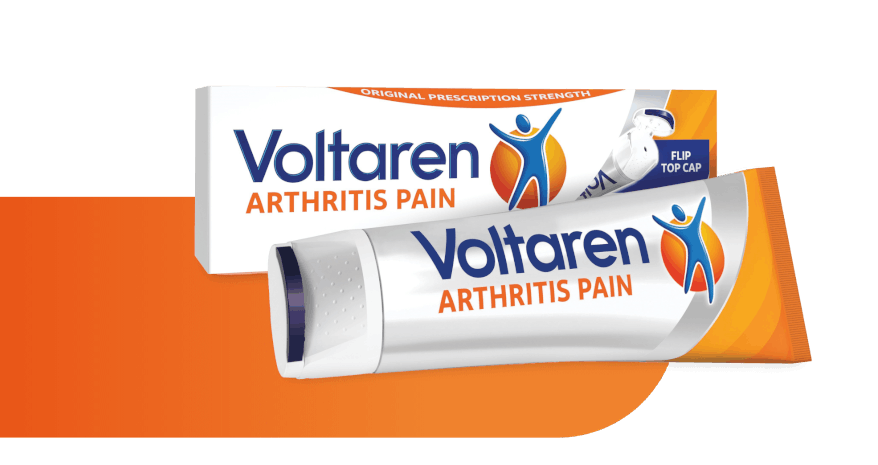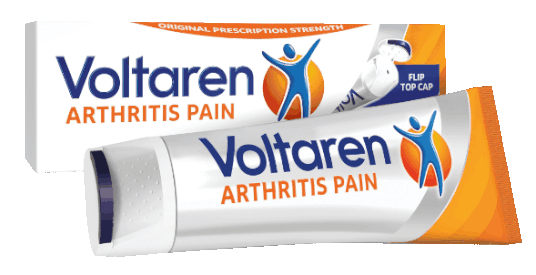Types of Exercise for Arthritis
/exercises-for-arthritis-new-imagee.jpg?auto=format)
Though it may seem counterintuitive, exercise and maintaining a healthy amount of movement is important—and even necessary—for alleviating arthritis pain. If even the idea of running around a track makes your knees hurt, don’t give up quite yet—there are many different options that cater to different skill and ability levels when it comes to types of exercise for arthritis. Read on to learn more and get excited about moving your body!
Why Is Exercise Important?
There are so many reasons why exercise is important, not only for helping ease arthritis symptoms but also for maintaining general health. In general, exercise can help improve your energy levels during the day and your ability to sleep well at night, aid in weight control, help you improve your balance, and boost your overall quality of life.1 Looking specifically at the benefits of exercise for arthritis, improving your health and fitness levels can help you to strengthen the muscles around your joints as well as maintain bone strength.1
Why are aerobic, range-of-motion, and strength exercises for arthritis important? When you keep the muscles and tissues that surround your joints strong, this helps maintain support for your bones. When the surrounding muscles are weak, it can cause more stress to be put on your joints, which leads to join pain and stiffness.1
Types of Exercise for Arthritis
There are a few different types of activities you can do to help support your muscles and joints. Before you get started, talk to your doctor about your specific arthritis symptoms so you can put together an individualized arthritis exercise routine.
Aerobic
Aerobic exercise is exercise that supports cardiovascular health, as well as helping with weight control and improving energy levels.1 Practicing aerobic exercise at a moderate-intensity level is the most effective and gentle on your body when done often—try to squeeze in some moderate aerobic exercise most days, aiming for 150 minutes total each week, if possible.1 At moderate intensity, you should have an increased breathing rate but still be able to hold a conversation while exercising.1
Some ideas for low-impact aerobic exercises for arthritis include:
- Walking
- Bicycling
- Using an elliptical workout machine
- Swimming.1
Range-of-Motion
One of the most common complaints of living with arthritis is loss of range of motion due to joint stiffness and pain. If you’re familiar with the feeling, trying out a few gentle exercises to improve your range-of-motion might be for you. Range-of-motion exercises for arthritis tend to be simple stretches and movements that aim to relieve stiffness and ultimate allow your joints to function at their full range of motion.1 These exercises are safe to do every day.1
Some ideas for range-of-motion exercises for arthritis include:
- Raising your arms over your head
- Rolling your shoulders backwards and forwards1
Strengthening
Strengthening exercises are all about building muscle, with the ultimate goal of supporting and protecting your joints.1 This type of exercise for arthritis is the most particular when it comes to schedule—it’s important to avoid working the same muscle group for multiple days in a row.1 To avoid overworking your muscles and joints when getting started with strength-training, start with three days per week. Take a day to rest between training, and more time if you need it. Once you’ve reached your strength-training goals, you only need to do strengthening exercises two days per week to maintain your muscle levels.1
Some ideas for strengthening exercises for arthritis include:
- Weight training with free weights
- Using a weight machine for resistance
Precautions to Take
In any situation—related to arthritis or not—pushing yourself to hard and overdoing it can have consequences. If you experience increased pain or stiffness after you exercise, you might need to take things a little easier. Try doing exercises that are lower in intensity, or breaking up your exercise into shorter increments of time.2 Even if you experience some pain or soreness, try not to give up exercise completely—your body simply needs to acclimate to a new exercise routine.2
In general, any movement is better than no movement. Even if you start slow with some gentle stretching or a daily yoga or tai chi routine, these exercises can help improve your general health and body awareness.1
We hope this article has helped inspire you to add some exercise and activity into your own weekly routine. For more resources on exercise for arthritis, check out our articles on hand, wrist, elbow, knee, foot, and ankle exercises for arthritis relief that you can do at home. Try Voltaren Arthritis Pain Gel as an everyday, OTC treatment to manage arthritis pain flare-ups, while you work towards your strength goals!
Related Articles

How to Relieve Arthritis Pain
You can take control of symptoms in a few ways: by exercising daily, eating healthy, and using hot or cold packs. Taking these lifestyle tips into consideration can help make life a little easier.

The Effects of Aging on the Body
Just because your body is aging, it doesn't mean you can't feel young! Learn the effects of aging on the body and what exactly you can do about it.
See How Voltaren Can Help
Save Money on Your Next Purchase.
Feel The Joy Of Movement
No matter the day, the hour, or what you’re doing, embrace the joy of movement with the help of specialized products from Voltaren: powerful gel for arthritis pain † or drug-free, dietary supplements for healthy joints.*

For Arthritis Pain Relief

For Healthy Joints*
†Use as directed. Voltaren is approved for treatment of arthritis pain.
Dietary supplements from Voltaren are not intended to treat arthritis pain.
*These statements have not been evaluated by the Food and Drug Administration. These products are not intended to diagnose, treat, cure or prevent any disease.



